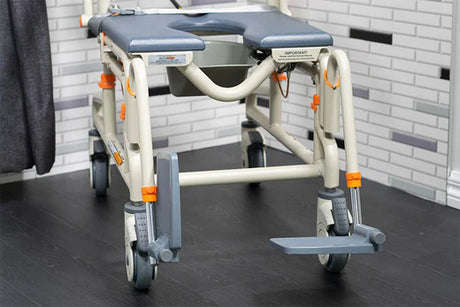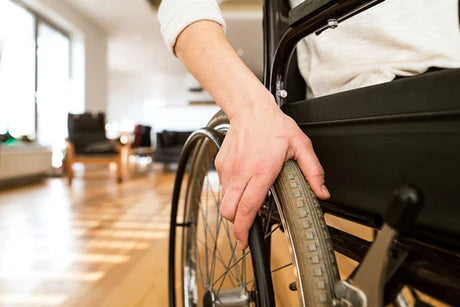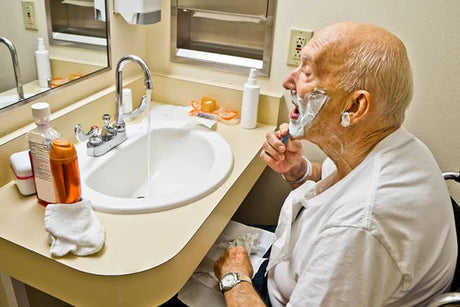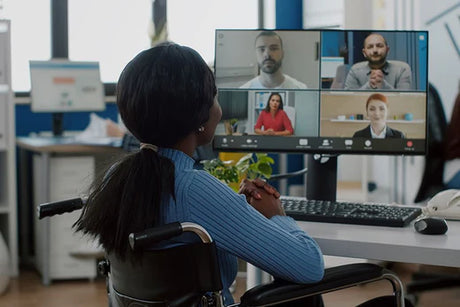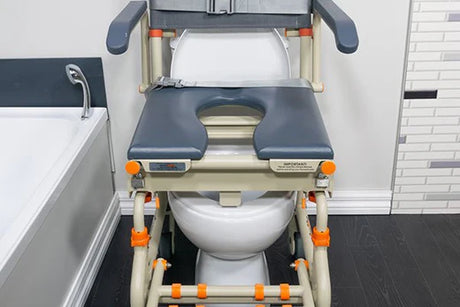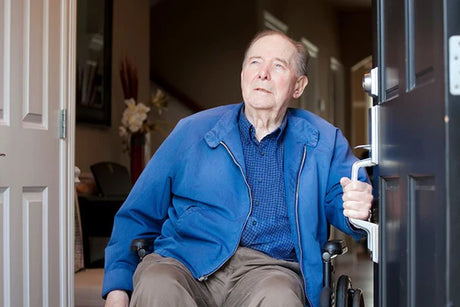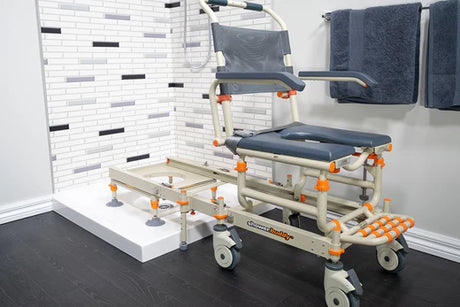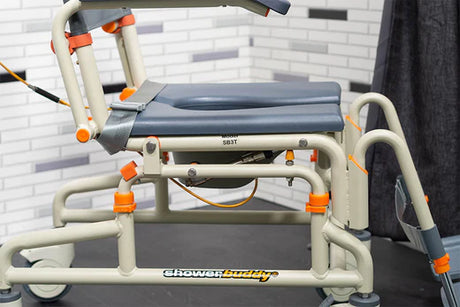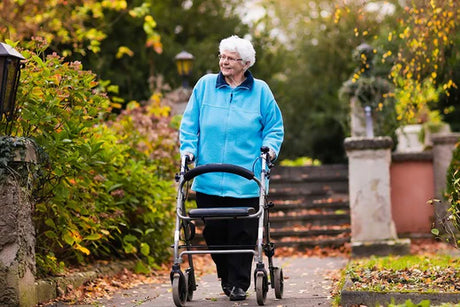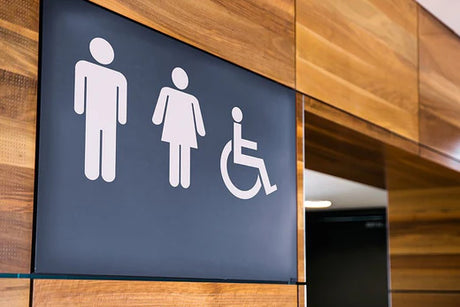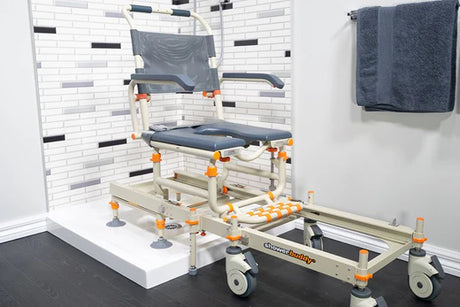Travel is finally a possibility for everyone again. After a few years of lockdowns and border restrictions, the world is starting to move around the globe. Travelling with a mobility impairment is not as restrictive as it once was, with entire tourist industries dedicating their efforts to making as much of their experiences accessible as possible. The disabled community is full of keen travellers with many of their stories inspiring others to see more of the world.
Travel is more accessible than ever
There was an era in which even some of the most famous landmarks were ill-prepared for someone in a wheelchair or using crutches. Given 3.8% of the world’s population experience significant disability, there are millions of keen travellers who require locations to be accessible. The industry has responded in kind, along with the evolving regulations around building access and disability rights, making destinations across the world far more conducive to navigating in a wheelchair or with additional support of some kind.
What this means is that instead of the mobility impaired traveller having to only choose ‘accessible’-specific tourism options, one’s own interests and preferences for a holiday can dictate the itinerary.
Are you a keen history buff? Exploring the museums in New York or incredible architecture in Europe might be the focal point of the trip. More of a sun lover? Many of the best beaches in the world have options for mobility across sand.
With the internet, any possible travel plans can be confirmed as accessible with a few clicks of a button. Any destination should be able to provide you with information about the facilities and access. Planning well ahead of the travel date is a good idea, as is having a fairly solid itinerary, even if part of that schedule is a day to explore the area.
You’d be surprised at just how many bucket list destinations have evolved to cater for those with reduced movement – the growing elderly population along with the broader disabled community helping to expedite this.
The intrepid traveller

Exploring the world isn’t all hotels and theme parks. To get a true sense of different cultures, people and places, one has to often go beyond set tourist destinations. An intrepid traveller may wish to visit remote places or mix with the hustle and bustle of a crowded city – or even partake in challenging activities.
A mobility impairment in today’s world is purely another logistical challenge to overcome – there are plenty of adventurous travellers amongst our disabled community and equipment has helped make it possible for them to see the world the way they want to.
Physical holidays like boating and skiing are also still on the menu for those with mobility challenges, and there are resorts that specifically offer solutions and equipment.
Family travel activities that are mobility friendly
If you’re travelling as a family, there’s often a number of preferences to juggle as you plan the itinerary. A family holiday is an excellent way to travel as there are multiple people that can help navigate any unexpected barriers or assist with inquiring about accessibility options at different spots.
Given the emphasis on mobility impaired and elderly tourists that most attractions place, your dream holiday is more than likely able to become a reality.
Here’s just some examples of family activities that are fun for everyone, regardless of their movement capabilities:
- Disney World – offering a number of accessibility services to accommodate your visit.
- The Colosseum in Italy – with wheelchair ramps to allow your group to get around and see this incredible piece of history.
- The Louvre in Paris – one of the most important museums in the world, full of wonders of history. Priority access is offered to disabled visitors.
- The Gold Coast, Australia – what better way to have fun and relax than a beautiful beach holiday. Popular destinations like the Gold Coast offer different facilities and equipment for mobility impaired individuals to enjoy the beach like everyone else.

The cruise – a perfect choice for reduced mobility
With ports opening back up, cruise ships are back in regular action. The reason a cruise holiday is so popular with the elderly community is due to how accommodating these lines are with mobility needs. Whether it’s attention paid to easy hallway and doorway movement, or the close proximity to amenities, a cruise ship is a great choice for any touring party with a mobility impaired member.
Being on a cruise ensures you get plenty of variety in your holiday, with a number of different boarding spots to disembark at and explore. The cruise holiday is excellent for those looking to simplify their connections and travel time – once you’ve boarded, there won’t be any additional travel to think about until you return to the final port to get to the airport and go home.

Planning and packing for the trip
Getting ready to go on holiday? Packing for a holiday with a mobility impaired person in the group is much like any other holiday. However, you will want to take stock of all the assistive equipment and any medications if applicable. It’s important to have everything needed for the duration of the holiday – and a bit longer in case of issues with flights that lead to delays in getting home.
If you work with an occupational therapist, they can help advise the best approach to managing while travelling. You should also get in touch with each travel provider (flights, shuttles, trains etc) and ensure that the equipment you need to bring has been shared with them – this helps to make arrangements like prioritising you for boarding or assisting with a booking that places your seats in a more convenient place.










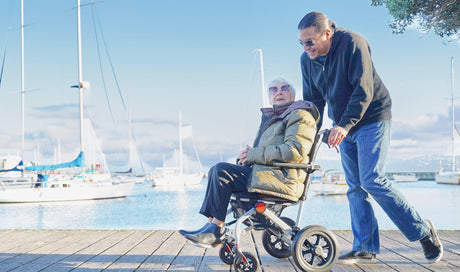
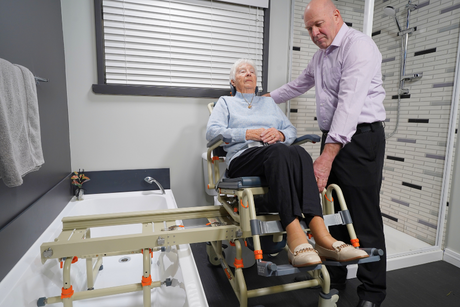
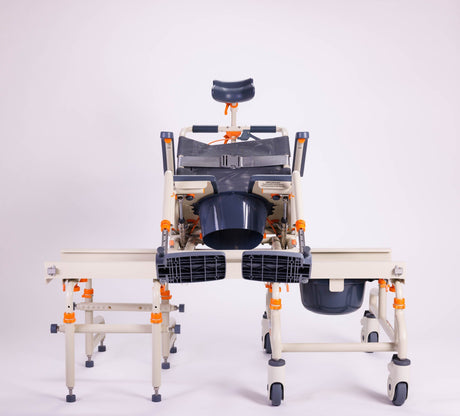
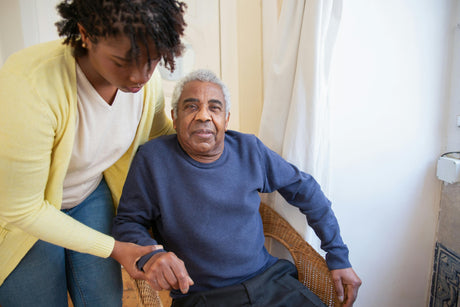
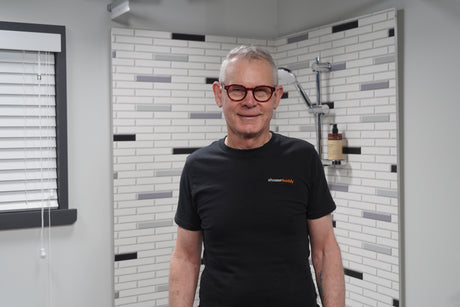
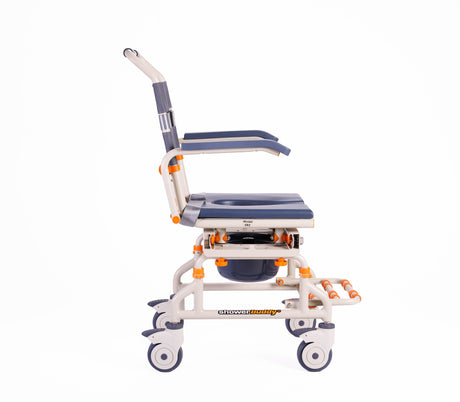

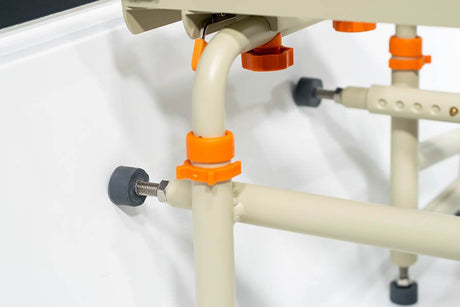
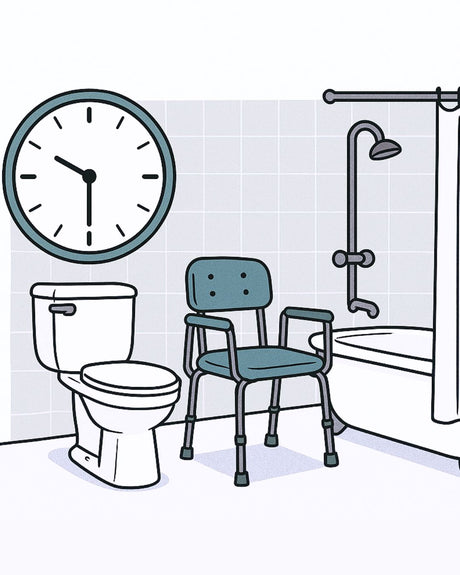
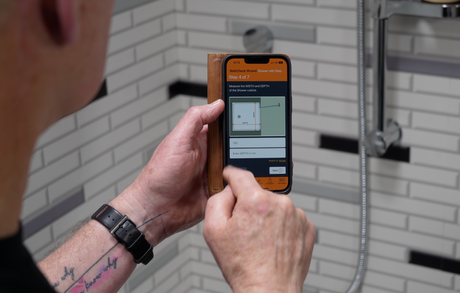
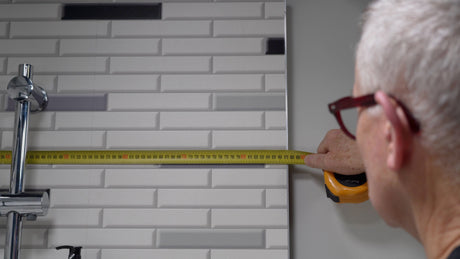
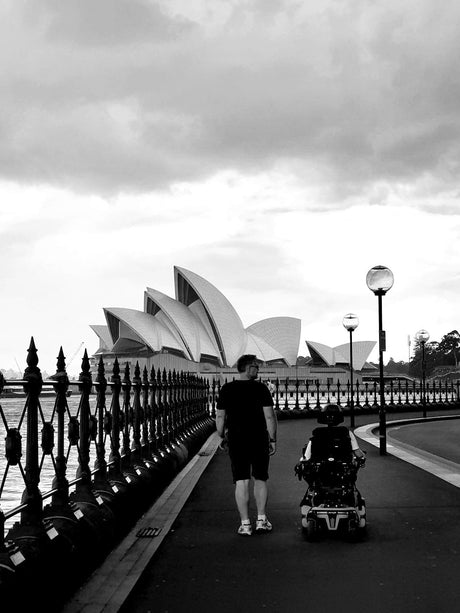
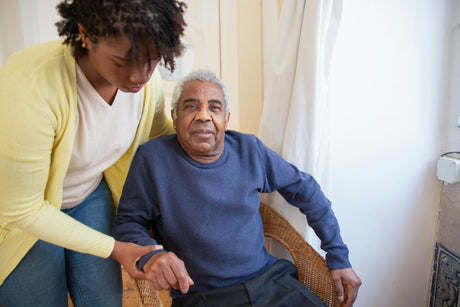

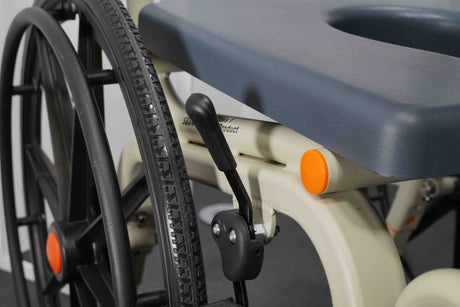

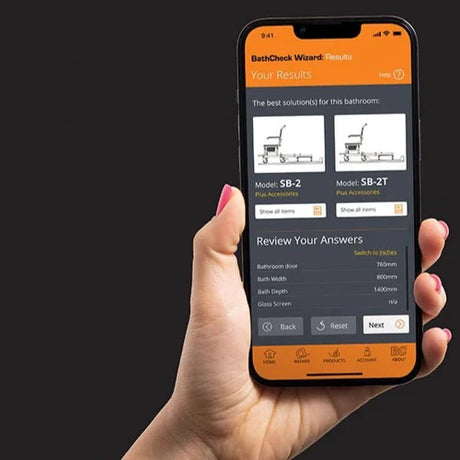

![Toilet Training A Young Child With Mobility Challenges [And How A Shower Chair Can Help]](http://shower-buddy.com/cdn/shop/articles/toilet-training-disabled-child_520x500_a90e5234-d372-435d-aa56-8da15dd3836c.webp?v=1722557239&width=460)





